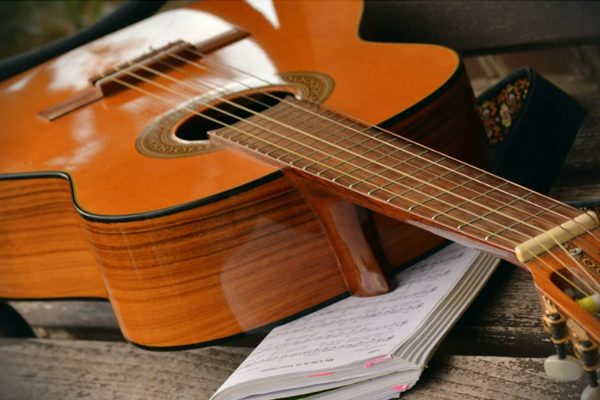Open Chord Starter Kit Essential First Chords
These eight open chords form the foundation of acoustic guitar playing and appear in thousands of songs across every genre imaginable. Open chords use a combination of fretted notes and open strings, creating rich, ringing tones that define the sound of acoustic music. This carefully curated selection represents the most practical starting point for any guitarist—these shapes appear more frequently in popular music than any other chord formations. Learning these eight chords in the order presented will build your finger strength progressively while giving you access to countless songs immediately. Each chord has been chosen not just for its frequency in music, but for how it teaches essential fretting techniques that prepare you for more advanced playing.
Need a tuning that's not listed in our library? Premium members can request custom tunings.
